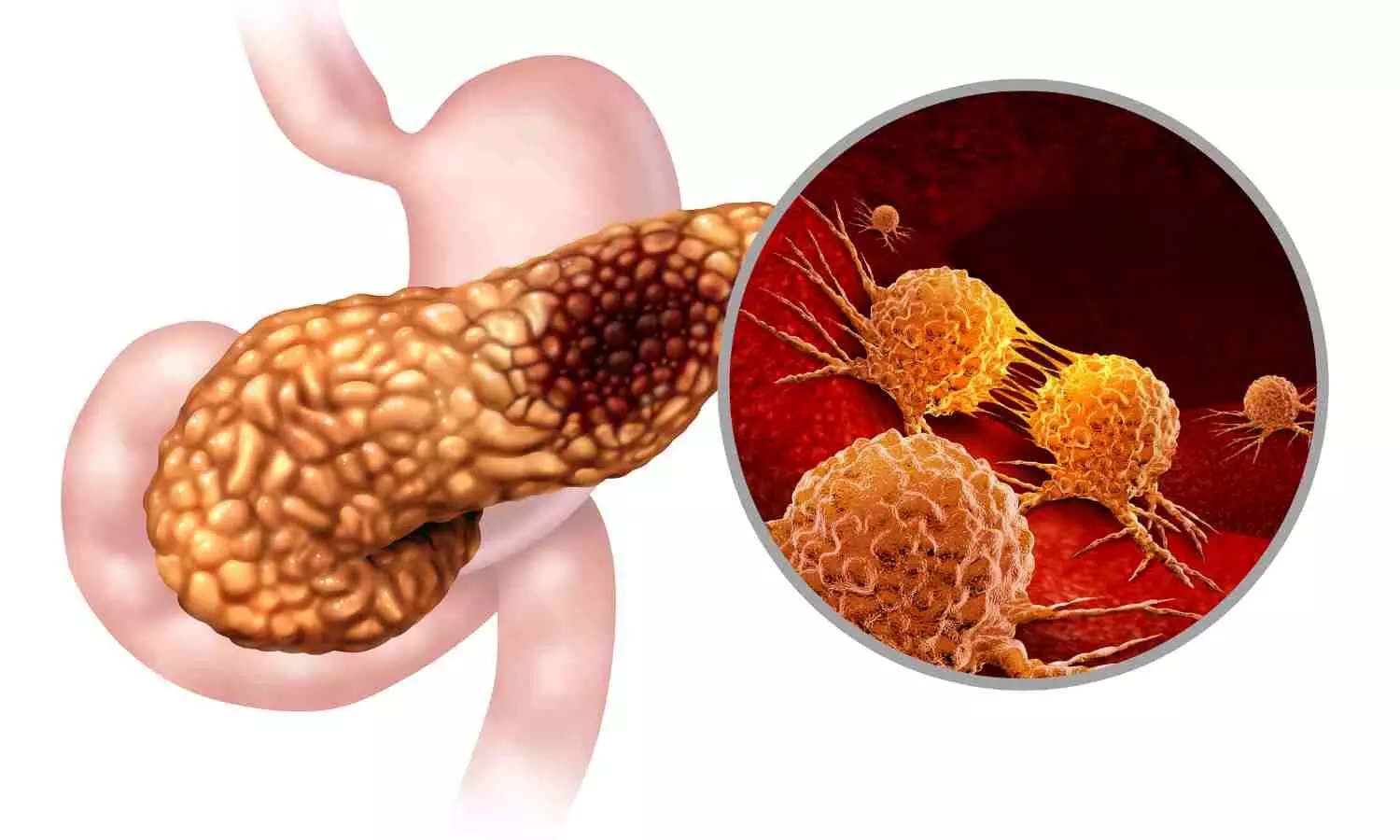Low-Dose Positron Emission Mammography Shows Promise in Breast Cancer Detection

In a groundbreaking prospective study approved by the
research ethics board, scientists have explored the feasibility of utilizing
low-dose positron emission mammography (PEM) concurrently with magnetic
resonance imaging (MRI) to identify breast cancer and assess its local extent.
The trial results were published in the journal Radiology:
Imaging Cancer.
The early detection of breast cancer is crucial for
improving overall survival rates. While mammography is the primary imaging
modality, challenges persist in detecting nonpalpable lesions, especially in
patients with dense breast tissue. Advances in modalities like MRI,
contrast-enhanced mammography, and molecular breast imaging (MBI) show promise
in overcoming these limitations. This study explores the feasibility of
low-dose positron emission mammography (PEM) alongside MRI for effective breast
cancer identification and localization.
The research, conducted with newly diagnosed breast cancer
patients undergoing concurrent breast MRI acquisitions, included participants
independent of breast density, tumor size, and histopathologic cancer subtype.
Low-dose PEM, utilizing up to 185 MBq of fluorine 18–labeled fluorodeoxyglucose
(18F-FDG), was administered. PEM images acquired 1- and 4 hours post-injection,
were reviewed by two breast radiologists unaware of cancer locations. The
findings were then correlated with histopathologic results. Logistic regression
and summary statistics were employed for detection accuracy and participant
details, and a comparative analysis with MRI assessed the efficacy of PEM in
detecting additional lesions.
Results:
The cohort consisted of 25 female participants with a median
age of 52 years.
Remarkably, low-dose PEM identified 96% (24 out of 25) of
cancers, including 19 invasive cancers and five in situ diseases, from 100 sets
of bilateral images.
This performance was maintained even after 3 hours of
radiotracer uptake.
The median size of invasive cancers detected was 31 mm,
ranging from 10 to 120 mm.
Notably, three additional in situ grade 2 lesions were
missed at PEM, though the study did not find a statistically significant
difference.
False-positive additional lesions were less frequent with
PEM compared to MRI (16% vs. 62%; P = .14), highlighting the potential of PEM
in minimizing false-positive results.
The study presents compelling evidence supporting the
feasibility of a low-dose PEM system in the detection of invasive breast
cancer. While acknowledging the need for large-scale clinical trials to
validate these initial findings, this research underscores the promising role
of low-dose PEM as an imaging tool in the diagnosis of breast cancer. The
potential implications of this innovative approach could significantly
contribute to enhancing accuracy and reducing false positives in breast cancer
detection, ultimately improving patient outcomes.
Further reading: Freitas V, Li X, Scaranelo A, et al. Breast Cancer Detection Using a Low-Dose Positron Emission Digital Mammography System. Radiol Imaging Cancer. 2024;6(2):e230020. doi:10.1148/rycan.230020





